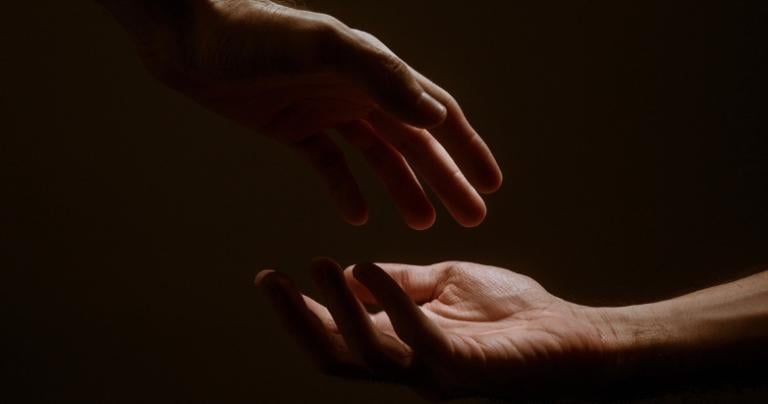
In short, Karma Yoga, Stoicism and the Serenity Prayer agree that we should focus on the few things we can control and let go of the rest. Here’s how each of them approaches the topic.
The Rebirth of Stoicism
To the casual observer, Stoicism experienced a form of rebirth during Covid. Upon investigation, that is a natural response. In difficult times, the attitude prescribed by this ancient Greek-Roman philosophy is helpful. Think of the originators. Zeno of Citium founded the philosophy after he lost a shipful of purple squid ink in the Mediterranean and washed ashore destitute. Epictetus was born into slavery. And even though Marcus Aurelius was a Roman emperor, his life was marked by warfare, revolt, and plague, and he lost nine of his thirteen children. Stoicism contains many ideas worth pondering, but the central tenet is this: Focus on what you can control and be indifferent to everything else.
Karma: The Yoga of Action
The Sanskrit word Karma—which has been fully assimilated into the English language—is often presented as “action and reaction” when associated with Yoga. While every action produces a reaction, Karma is really the Yoga of Action. It is true that every action produces a reaction, but Karma Yogis and Yoginis understand that they cannot control the outcome; therefore, they focus only on the action. The central concept in Karma Yoga is doing for the sake of doing, working for the sake of work, and being for the sake of being—all while letting go of the outcome.
The eventual goal of Karma Yoga differs significantly from Stoicism, but both agree on the importance of letting go of things that are outside of our control.
Niebuhr’s Serenity
I don’t know whether the American theologian Reinhold Niebuhr (1892-1971) was influenced by Karma Yoga and Stoicism when he wrote the Serenity Prayer, but the sentiments are similar.
God, give me grace to accept with serenity
the things that cannot be changed,
Courage to change the things
which should be changed,
and the Wisdom to distinguish
the one from the other.
Having been sober since 1999, I know the Serenity Prayer well and have contemplated its meaning deeply during meditation. I have concluded that I can only control three things; my thoughts, words, and deeds. Everything else is out of my control. To take this idea a step further, I’ve realized that I can only control my thoughts, words and deeds when I have control of my attention, which means that sometimes things that I should have control over are not under my control as my mind wanders and I lose focus.
A Surefire Way to Lose Serenity
There is a surefire way to lose serenity and peace: Obsess over things you cannot control. In a recent podcast interview with Dr. Mara Karpel, I spoke about this tendency, especially in the digital age. For instance, it is easy to fall prey to an illusion of control when you can express yourself on social media. You may think that you are changing the world when, in reality, you are simply creating more noise. You can certainly do things, but you are not in as much control as you think. That’s where discernment comes into the picture.
Guiding Principles
Life is hard. It’s good to have guiding principles. Stoicism tells us to focus on what we can control and be indifferent to everything else. Karma Yoga tells us to play our role in life and let go of the outcome. Niebuhr urged us to seek grace to accept with serenity the things we cannot change while seeking courage to change the things we can.
All were in agreement about one thing. Human control is limited. Understanding what we can control and what we can’t, and seeking continual discernment, will make life more peaceful and serene.
Gudjon Bergmann
Author, Coach, and Mindfulness Teacher
Amazon Author Profile
Recommended books:
- Monk of All Faiths: Inspired by The Prophet (fiction)
- Spiritual in My Own Way (memoir)
- Co-Human Harmony: Using Our Shared Humanity to Bridge Divides (nonfiction)
- Experifaith: At the Heart of Every Religion (nonfiction)
- Premature Holiness: Five Weeks at the Ashram (novel)
- The Meditating Psychiatrist Who Tried to Kill Himself (novel)
Picture: CC0 License












